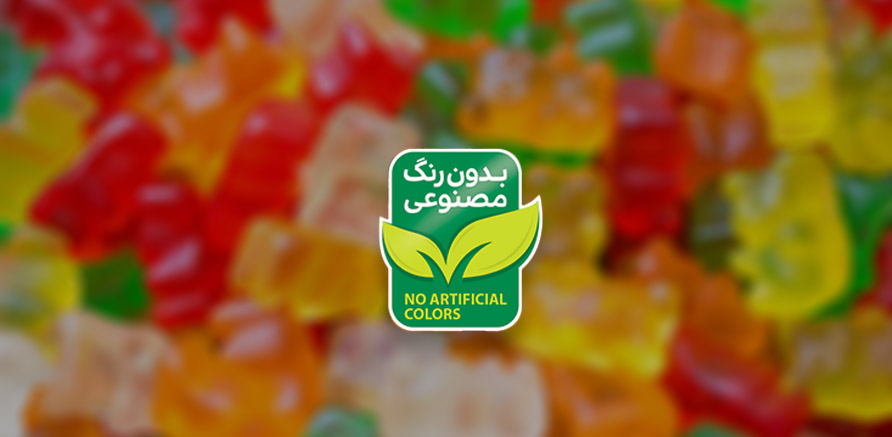X

Among the changes made in the food industry in recent years, one development stands out: The routine use of color additives in the production of various food products, including confectionaries, and its effect on children who are the main consumers of snacks. Most colors in food items such as soft drinks, candies, chocolates, pastries, breakfast cereals and jellies are artificial. The main reason artificial colors are employed by production companies is to cover the real color of the item so it attracts customer attention.
Shiva uses natural colors in the production of some of its items. If you’re looking to expand your knowledge on natural color additives and find out which products make use of them, scroll down to continue reading the article. Natural colors are additives that are extracted from plants, animals or minerals. Biotic material such as herbs and mushrooms can also be an excellent source of natural colors.
Food companies add colors to products for the following reasons,
Grapes and Grape Skins Grapes are a valuable source of purple color shades, their skin and texture are permeated with anthocyanin pigments that are responsible for the production of its purple hue. Colors extracted from grapes are commonly used to color sweets, yogurt, desserts and jam. The fruit’s vitamins can help prevent or reduce the chances of contracting diseases such as arthritis, illnesses related to kidney and liver, diabetes and iron deficiency.
Turmeric One of the most viable options to create yellow shades is turmeric, its powder employed in picked vegetables or cooking as a seasoning agent in soups, curry, veggie platter, mustard and Cheddar cheese.
Curcumin, the principal compound of turmeric, can minimize the risks of falling ill to influenza, Alzheimer’s disease and many malignant diseases along with a fast recovery from scars. Extravagant use of turmeric can be dangerous and cause digestive problems, therefore it can be especially pose risk for pregnant and lactating women.
Caramel Caramel is widely favored as an additive by consumers, most commonly in desserts. Carbohydrates are exposed to high temperatures in a caramelization process that eventually create a light amber liquid used in processed meat products.
Common Beet Beetroots consist of pigments that produce beet red, the color that can turn food items red or pink. Beetroots are pressed, ground and added to yogurt and alike as a condiment. Beetroots also play a supplementary role in the body, providing it with magnesium, manganese, vitamin C, etc.
Benefits of Natural Colors Natural colors generally do not cause an allergic reaction, meaning they are better suited for the environment as well as the human body. Natural colors can easily be extracted from plants, fruits or flowers.
A wide range of natural colors are antimicrobial and improve the immune system, making snacks containing the agent an immune booster for children.
It’s been over three decades since Shiva Mfg. Co. began the production of food products such as jelly gum, marshmallows, jelly powder, crème caramel, dessert powder, pudding, bubble gum, Angle Kiss, Likoritz, and confectionaries. Advanced technology together with professional experts has enabled us produce some of our products with natural colors, evoking tremendous customer satisfaction.